Jump rope workouts are known to get your heart rate up, but does jumping rope build muscle?
YES! According to the National Library of Medicine, just 12 weeks of regular jump rope workouts improves the body’s balance of lean muscle versus fat tissue (source).
Curious as to which area jumping rope works out?
You’re in the right spot!
Calves
We’ve all heard a joke about someone with tiny calves, that they must “skip leg day”, but really the question is, “have they tried jump roping?” (hint: the answer is probably no). Jumping rope hits a common muscle that many strength workouts forget: the calves. Actually this is the primary muscle that jumping rope works. According to the American Council on Exercise, jumping rope improves the elasticity of the connective tissues surrounding the calf muscles (source). What does this mean? More power output, healthier muscles and in turn, lesser chance of injury. What more could we want?
Quads, Glutes, Hamstrings
If you’re looking for more bang for your buck, plyometric, or jumping exercises such as jumping rope are some of the best! While jumping you are engaging your quads, glutes, and hamstrings, which also happen to be some of the largest muscles in the body. If you want to kick your glute work into overdrive, try incorporating some single-leg jump rope exercises into your routine. Not only will this challenge you physically, bounding on one leg, but it’ll offer a mental challenge as well.
Core
One of the most under-appreciated benefits of jumping rope is the core strength. Most of us naturally engage our core when jumping rope, but those who aren’t, are missing out! One surefire way to tell if you keep your core tight or not, is if you stay in one place while jumping rope, or are you hip-hopping around? If it’s the latter, next time you jump rope, keep your tummy tight, similar to how you would in a plank. Keeping your core tight will help you keep an efficient transfer of power between your upper and lower body but also protect you as you bound. Looking to add some more core to your jump rope routine? Try adding side to side hops or single leg skips!
Arms, Back, Shoulders
Last but not least, jumping rope can take its positive toll on the arms, back and shoulders. In fact, according to the Journal of Sports Rehabilitation, jumping rope may be a good conditioning tool for athletes like volleyball players due to the benefits of increased shoulder strength (source). This carries over to other exercises, as an increased shoulder strength is imperative to reducing the risk of injury in exercises like overhead presses and (believe it or not) back squats.
Get a Complete Body Workout.
Needless to say, jump ropes offer a complete full-body workout. A jump rope will work your calf muscles, quads, hamstrings, glutes, core, forearms, biceps, triceps, shoulders, and back muscles. Not only are you building strength in your lower body, but you’re also engaging your entire upper body to control the force when you swing the rope…Your whole body can benefit from jumping rope! Another thing your body can benefit from is a great warm up and cool down.
Check out some exercise from our Prehab Rehab Ebook and be sure to add them in to keep your newfound muscles happy!
- by RX Smart Gear

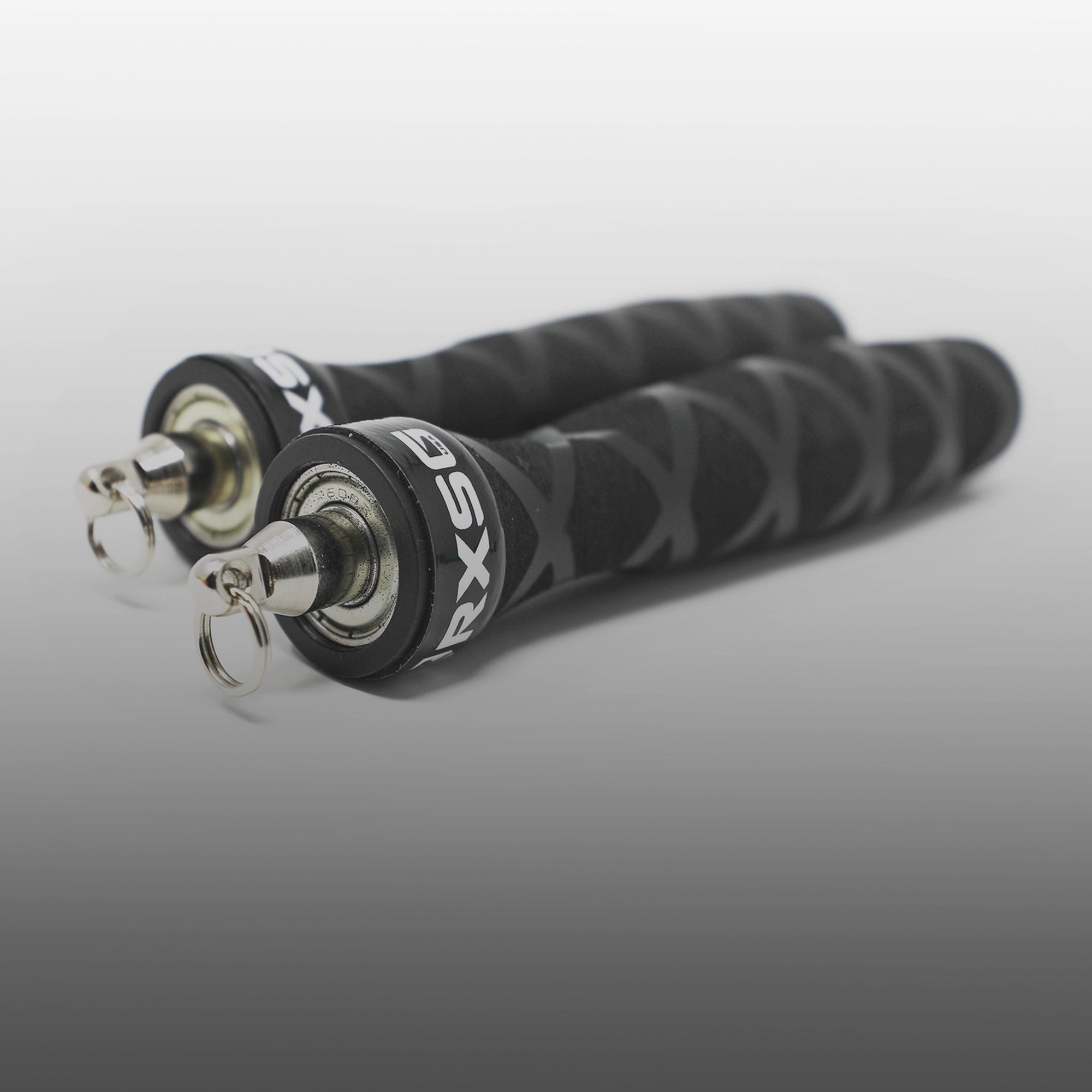
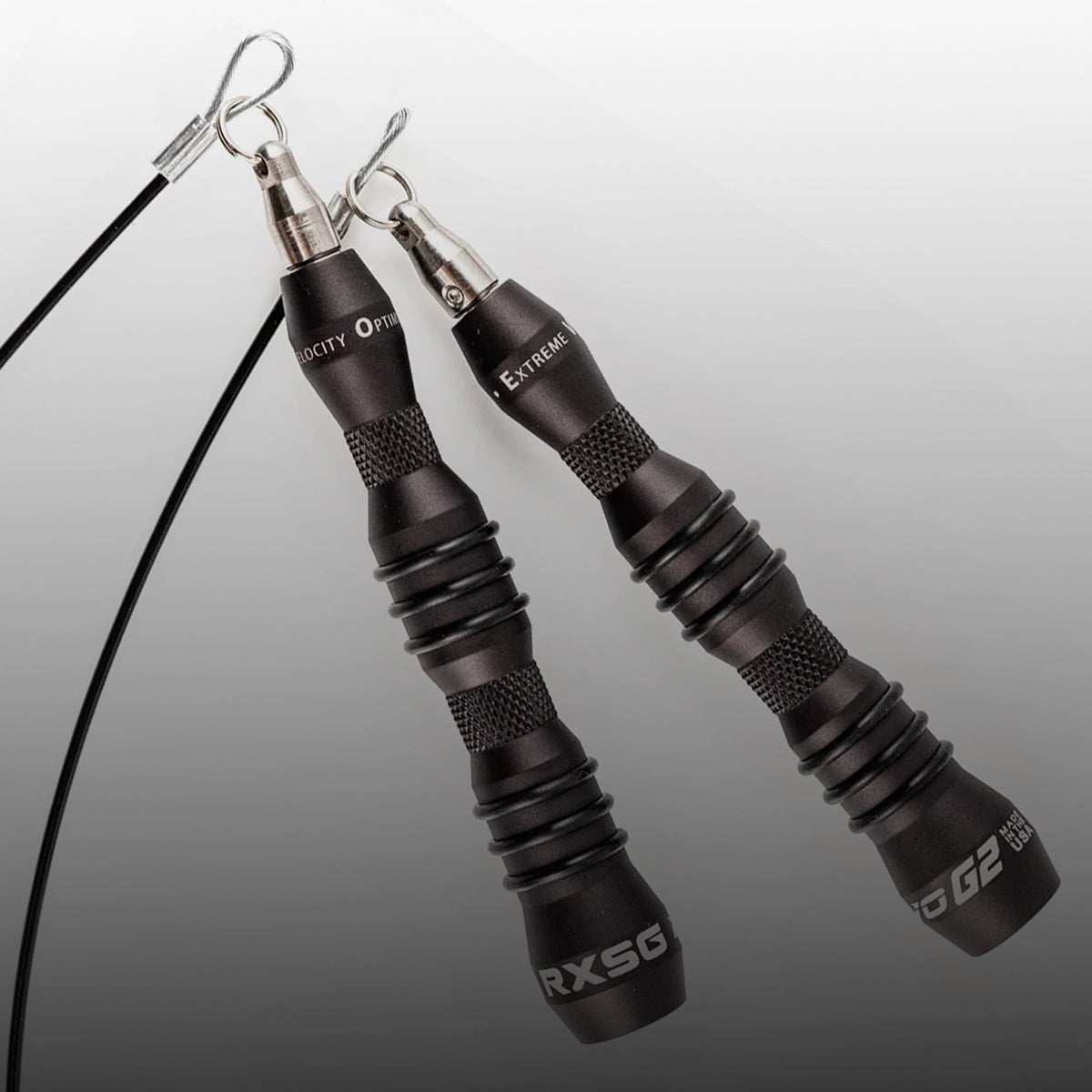
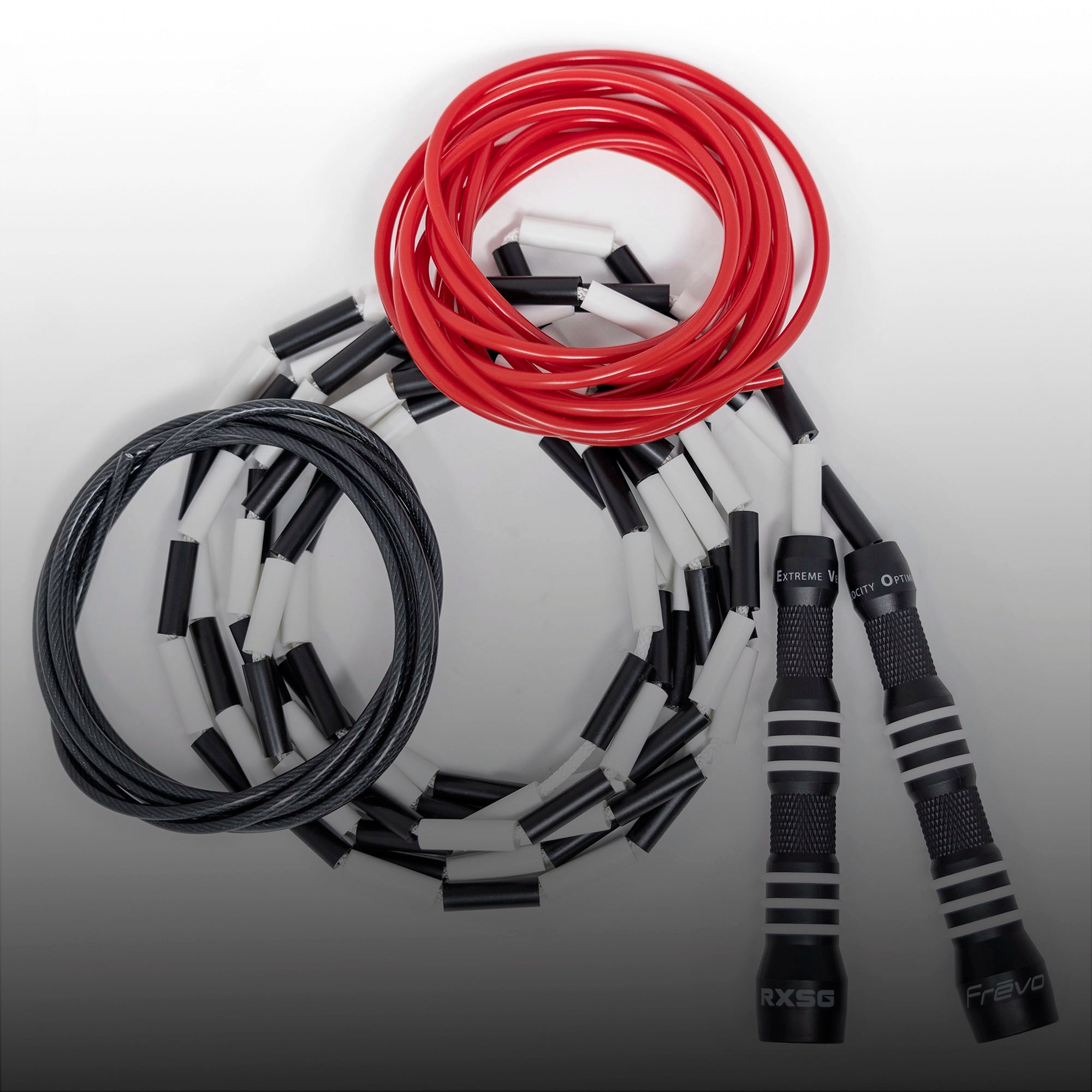
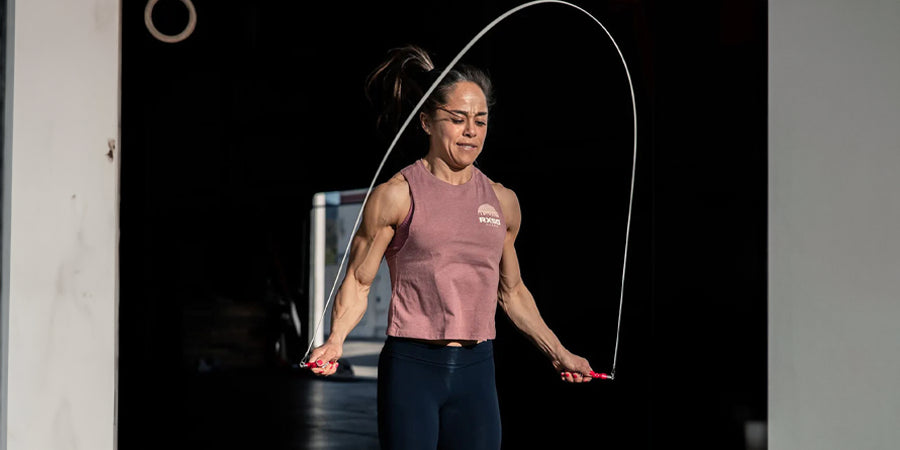
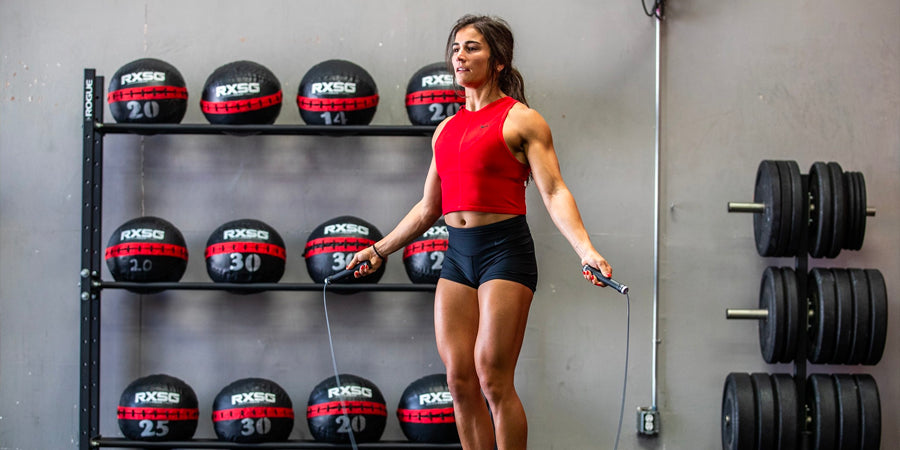
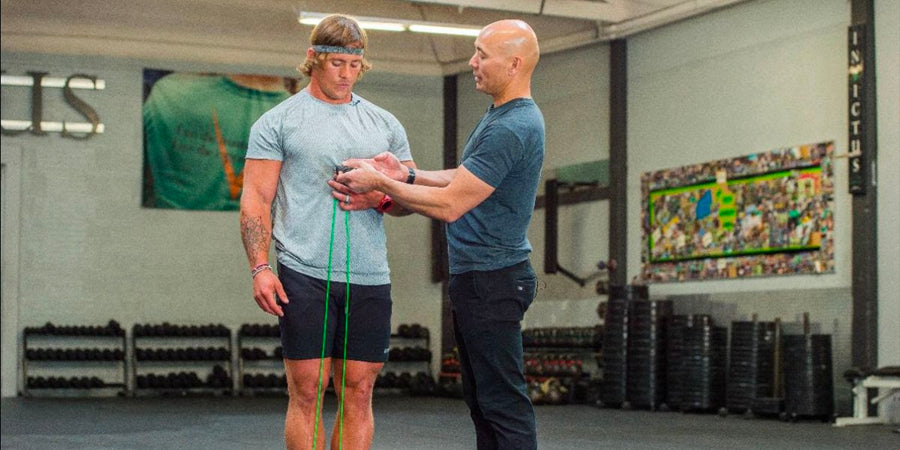
Leave a comment
This site is protected by hCaptcha and the hCaptcha Privacy Policy and Terms of Service apply.